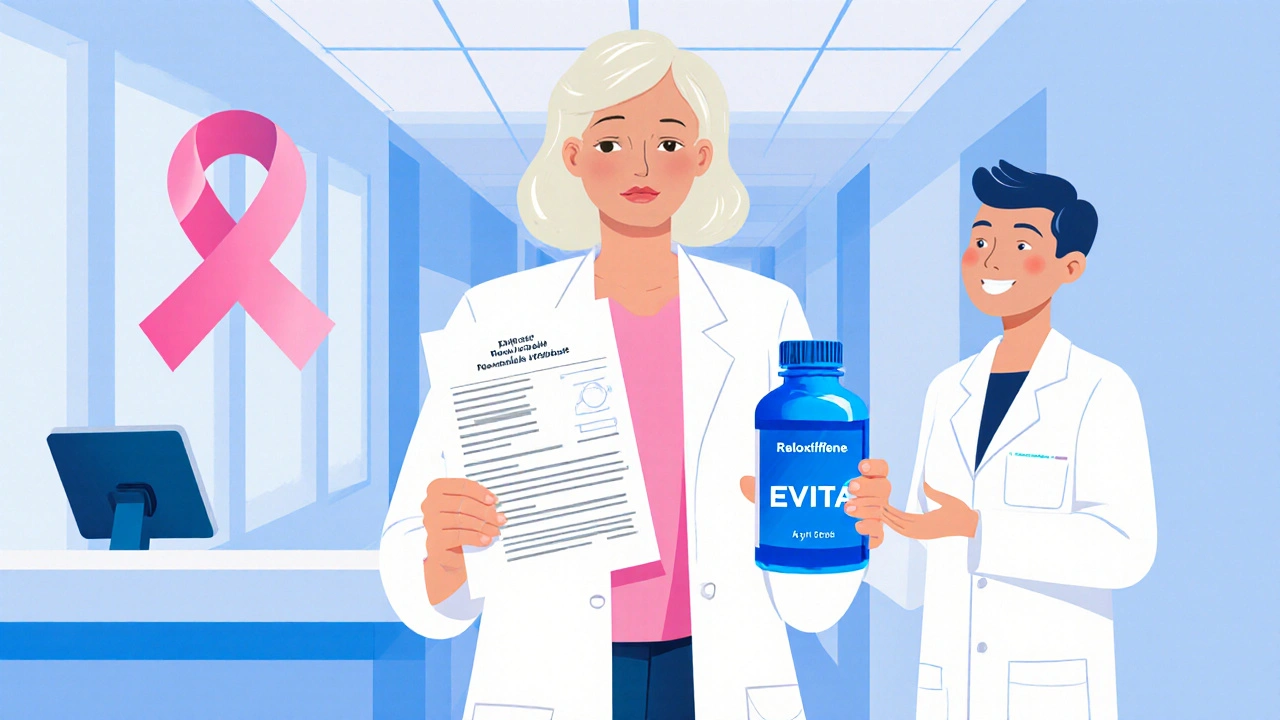Bone Health Drugs: Your Guide to Stronger Bones
When working with Bone Health Drugs, medications and supplements that help maintain or improve bone density and reduce fracture risk. Also known as bone strengthening meds, they are essential for people dealing with osteoporosis, a condition where bones become porous, fragile, and prone to breakage. The most widely used class, bisphosphonates, drugs that slow bone resorption by inhibiting osteoclast activity, usually works together with calcium supplements, sources of elemental calcium that supply the raw material for new bone and vitamin D, the vitamin that boosts calcium absorption in the gut. In short, bone health drugs encompass a mix of prescription meds, over‑the‑counter minerals, and lifestyle‑linked nutrients that together aim to keep the skeleton sturdy.
Key Categories and How They Work
First up are the anti‑resorptives: bisphosphonates (like alendronate and risedronate) and denosumab. Both slow down the cells that break down bone, but they differ in delivery—oral tablets versus a subcutaneous injection. Next are the anabolic agents such as teriparatide, which actually stimulate new bone formation, offering an option for severe cases that don’t respond to anti‑resorptives. Calcium and vitamin D sit at the foundation; without sufficient intake, even the most potent prescription can’t achieve optimal bone density. Plus, newer agents like selective estrogen receptor modulators (SERMs) provide a hormonal route for post‑menopausal women. Understanding these groups helps you match the right drug to your specific risk profile, just like the side‑by‑side drug comparisons we publish in our articles.
Safety and monitoring are just as critical as choosing the right class. Bisphosphonates may cause gastrointestinal irritation or rare jaw osteonecrosis, so doctors often recommend a drug holiday after several years of use. Vitamin D excess can lead to hypercalcemia, while calcium supplements sometimes increase kidney stone risk—something to watch if you have a history of bladder stones. Blood tests, bone density scans (DEXA), and regular check‑ins become the feedback loop that tells you whether a medication is doing its job or needs adjustment. In many of our guides, we walk through how to interpret these results and decide when to switch from, say, a bisphosphonate to denosumab based on efficacy and side‑effect profiles.
Below you’ll find a curated list of articles that dive deeper into each drug class, compare popular options, and offer practical tips for dosing, side‑effects, and lifestyle integration. Whether you’re just starting a bone‑strengthening plan or looking to fine‑tune an existing regimen, this collection gives you the context and details you need to make informed choices.
Evista (Raloxifene) vs Other Bone‑Health and Breast‑Cancer Drugs: A Detailed Comparison
A thorough, easy‑to‑read guide comparing Evista (Raloxifene) with top alternatives for osteoporosis and breast‑cancer risk, complete with tables, pros‑cons, and FAQs.
Read more
